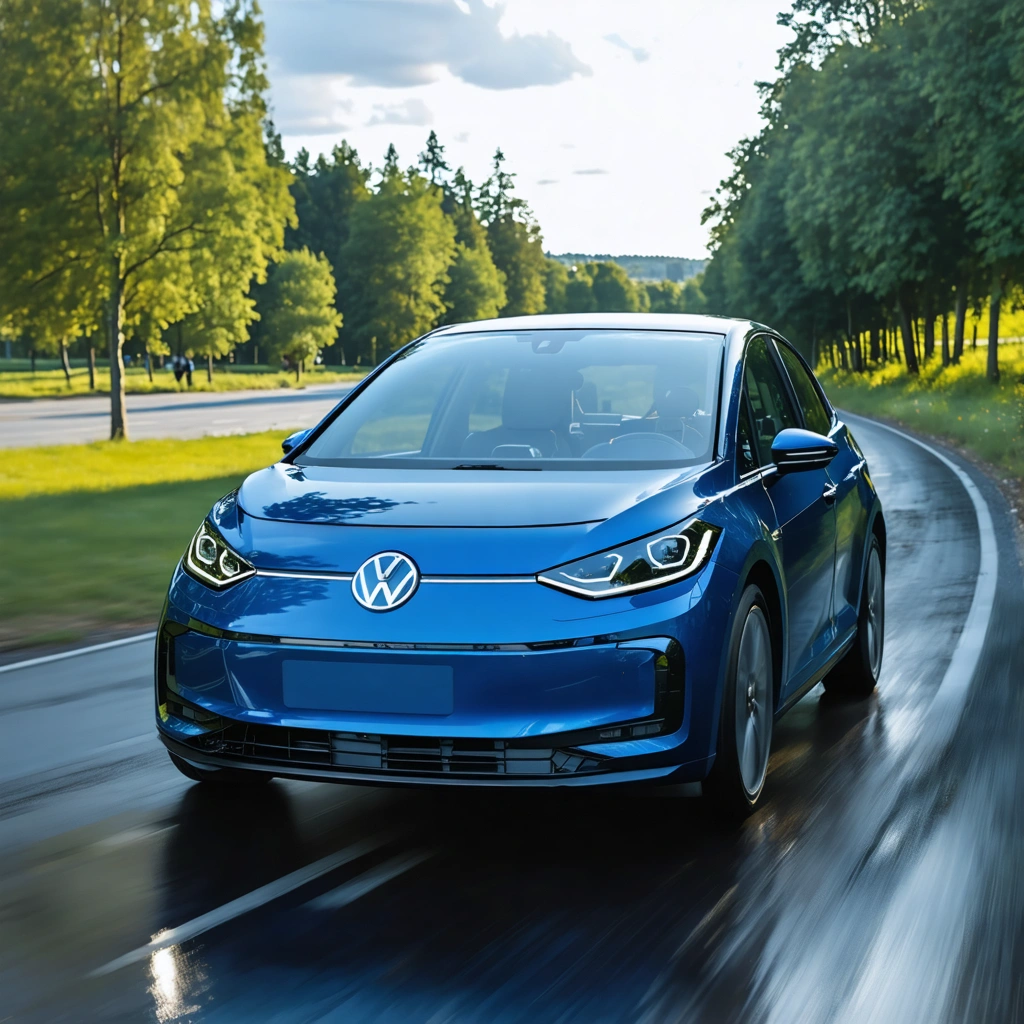
Overview of the German EV Market
The automotive market in Germany is witnessing a dynamic transformation as electric vehicles (EVs) gain significant traction. In February, plugin EVs captured a remarkable 27.3% share of the market, demonstrating a notable increase from the previous 19.3% share observed year‑on‑year. This surge reflects the robust efforts embraced by manufacturers, innovative product strategies, and favorable regulatory frameworks. The current trend not only underscores the market’s growing confidence in battery electric vehicles (BEVs), but it also hints at a gradual yet steady recovery in overall auto volume, despite a slight year‑on‑year decrease.
Key Drivers Behind Market Growth
Multiple factors are contributing to the impressive gains in the EV sector, including:
- Government incentives and stricter environmental regulations.
- Increased consumer awareness regarding sustainable mobility.
- Enhanced charging infrastructure and technological innovations.
- Competitive pricing strategies by automotive leaders.
These elements are complementing consumer confidence and bolstering sales figures, paving the way for a transformative change in market dynamics.
Volkswagen ID.7: A Beacon of Innovation and Market Leadership
While the overall EV market experiences healthy growth, the Volkswagen ID.7 has distinguished itself as the leader among BEVs in Germany. With an emphasis on refined design, advanced technology, and competitive value propositions, the ID.7 is setting benchmarks in both performance and consumer appeal.
Competitive Strategies Adopted by Volkswagen
Volkswagen’s approach to maintaining the ID.7’s market leadership includes several strategic initiatives:
- Innovative Design & Technology: Emphasis on futuristic styling combined with state‑of‑the‑art digital interfaces.
- Robust Performance Metrics: Superior range, efficient energy consumption, and ease of maintenance.
- Extensive Dealership Support: Dedicated after-sales services and reliable customer support networks across Germany.
- Strategic Pricing: Competitive pricing models that cater to a wide spectrum of buyers without compromising on quality.
These measures have not only enhanced brand perception but have also helped in capturing a larger segment of the market share, making the Volkswagen ID.7 a case study in successful market adaptation.
Market Analysis and Future Outlook
The data shows that while BEVs maintain steady volume figures, Plug‑in Hybrid Electric Vehicles (PHEVs) are also experiencing a modest increase in their presence. This dual growth in both BEVs and PHEVs is a testament to the versatile approaches adopted by manufacturers and the shifting consumer preferences towards eco‑friendly alternatives. Despite an overall decline in total auto volume by approximately 6% year‑on‑year, the rise in EV adoption is steering the future of the automotive sector in a promising direction.
Detailed Analysis of Sales Figures
Consider the following table summarizing key metrics observed in the current period:
| Segment | Share (%) | Volume Change (YoY) |
|---|---|---|
| Plugin EVs | 27.3 | Significant Increase |
| BEVs | Majority Share | Stable to Slight Increase |
| PHEVs | N/A | Modest Increase |
| Total Auto Volume | N/A | -6% |
Implications for the Automotive Industry
The upward trend in EV share has far‑reaching implications for the wider automotive sector:
- Increased Investment: Manufacturers are dedicating more resources to research and development of EVs.
- Supply Chain Enhancements: The need for improved battery technologies and sustainable production methods is prompting innovation across the supply chain.
- Market Competition: As legacy automakers compete with emerging EV-focused companies, the resultant competition is expected to drive further technological advancements.
- Consumer Adaptations: A wider acceptance of EVs by consumers is likely to fuel ancillary industries such as electric charging solutions and renewable energy integration.
Strategic Recommendations for Industry Stakeholders
Stakeholders planning to navigate the evolving landscape must consider strategic initiatives that align with market trends:
- Invest in advanced R&D to remain at the forefront of emerging technologies.
- Establish partnerships and collaborations to strengthen charging infrastructure and battery recycling initiatives.
- Focus on sustainability not only in production but also in after‑sales service and customer engagement.
- Monitor regulatory developments to ensure compliance and leverage governmental incentives effectively.
Actionable Roadmap for Future Investments
A detailed roadmap for new ventures might include:
- Conduct comprehensive market research to understand consumer expectations and technological trends.
- Deploy pilot projects in urban regions to test new EV models and charging networks.
- Utilize data analytics for forecasting market movements and adapting business strategies quickly.
- Incorporate employee training programs focusing on EV technology and customer service excellence.
This structured approach will enable companies to firmly position themselves in the rapidly expanding EV arena, ensuring sustainable growth and long‑term profitability. In conclusion, the substantial increase in EV market share in Germany, highlighted by the impressive performance of the Volkswagen ID.7, underscores the reshaping of the automotive industry. With innovative strategies and a focus on sustainability, industry players are well positioned to take advantage of emerging opportunities in a consistently evolving marketplace.




